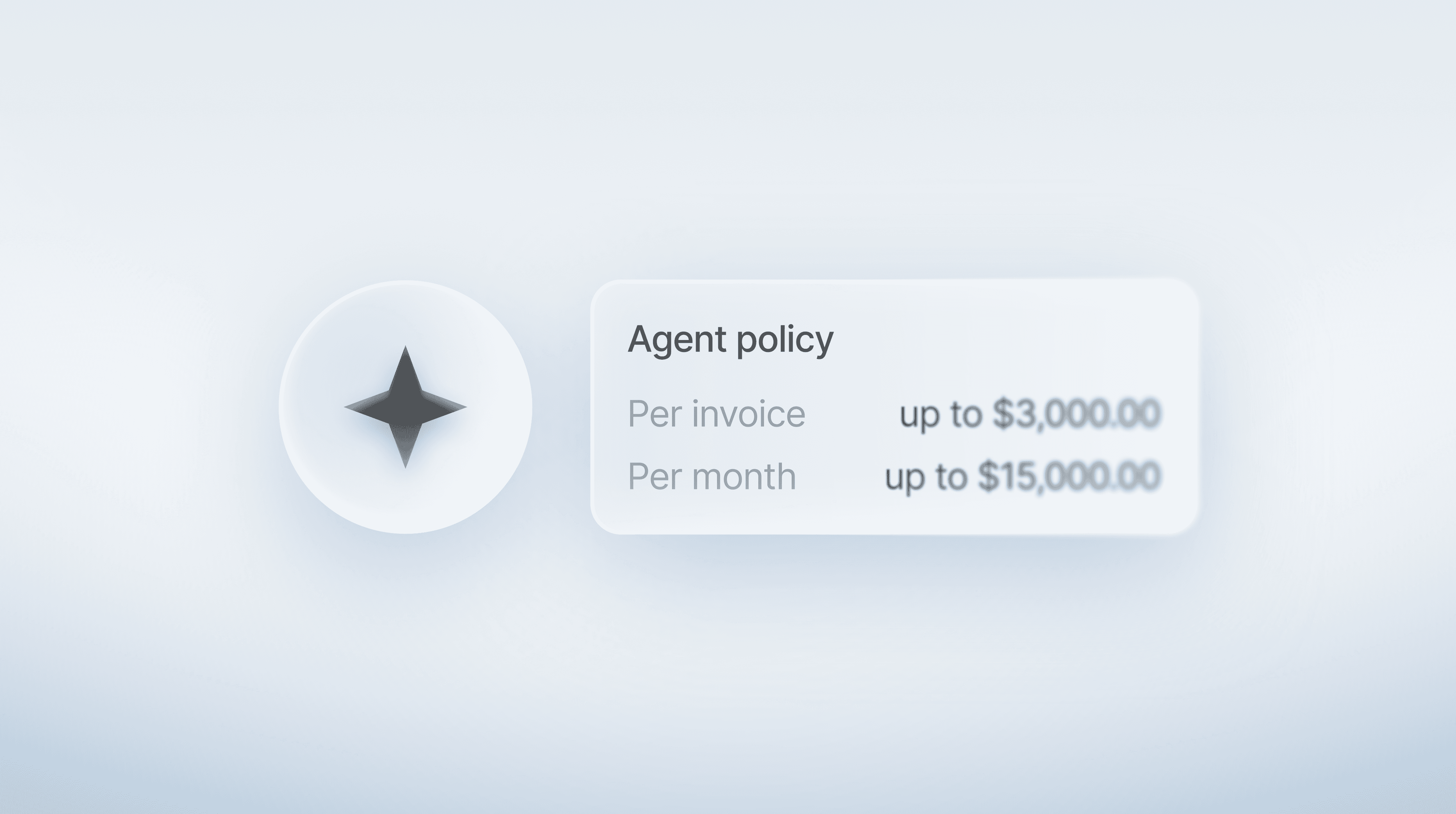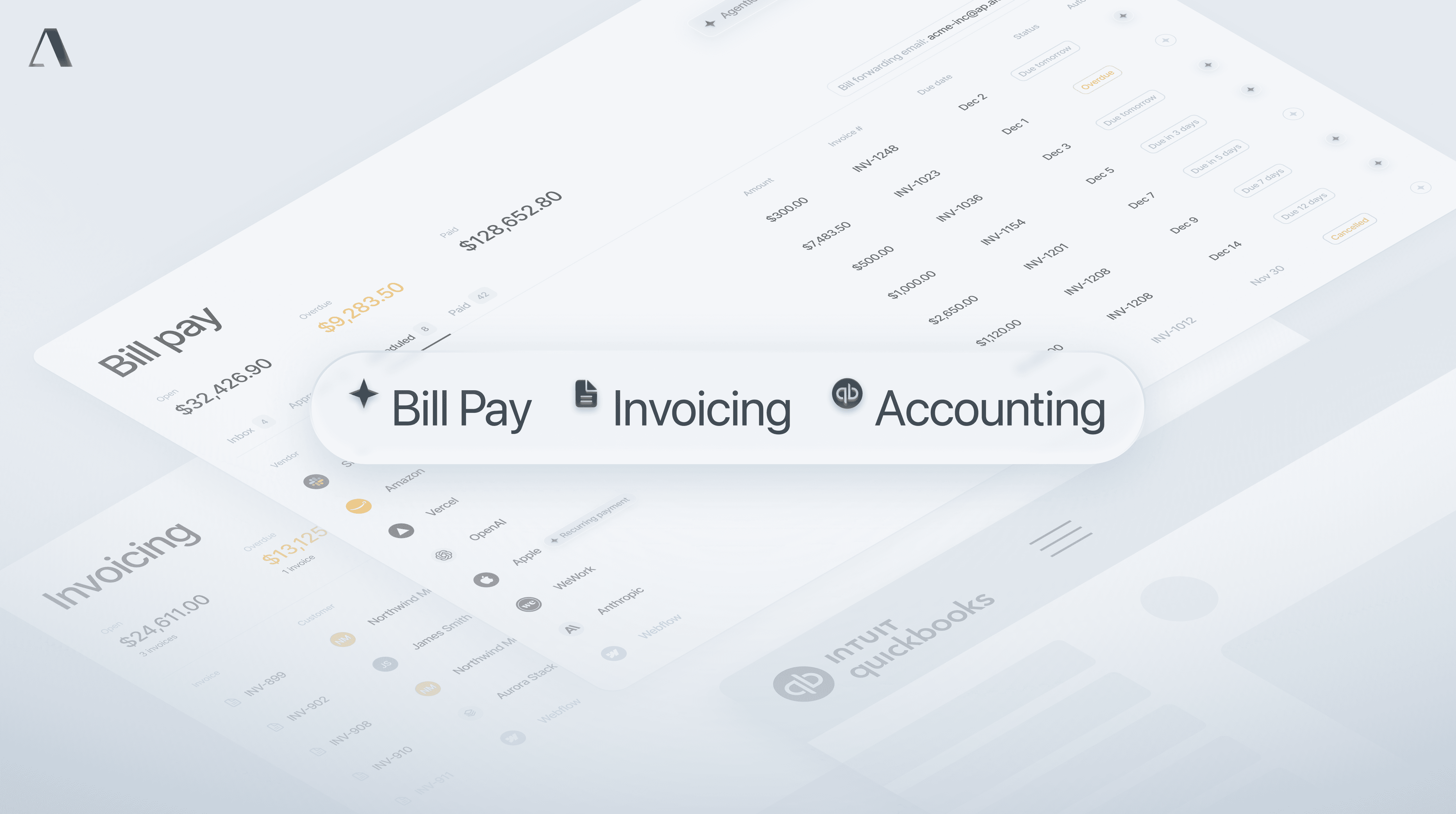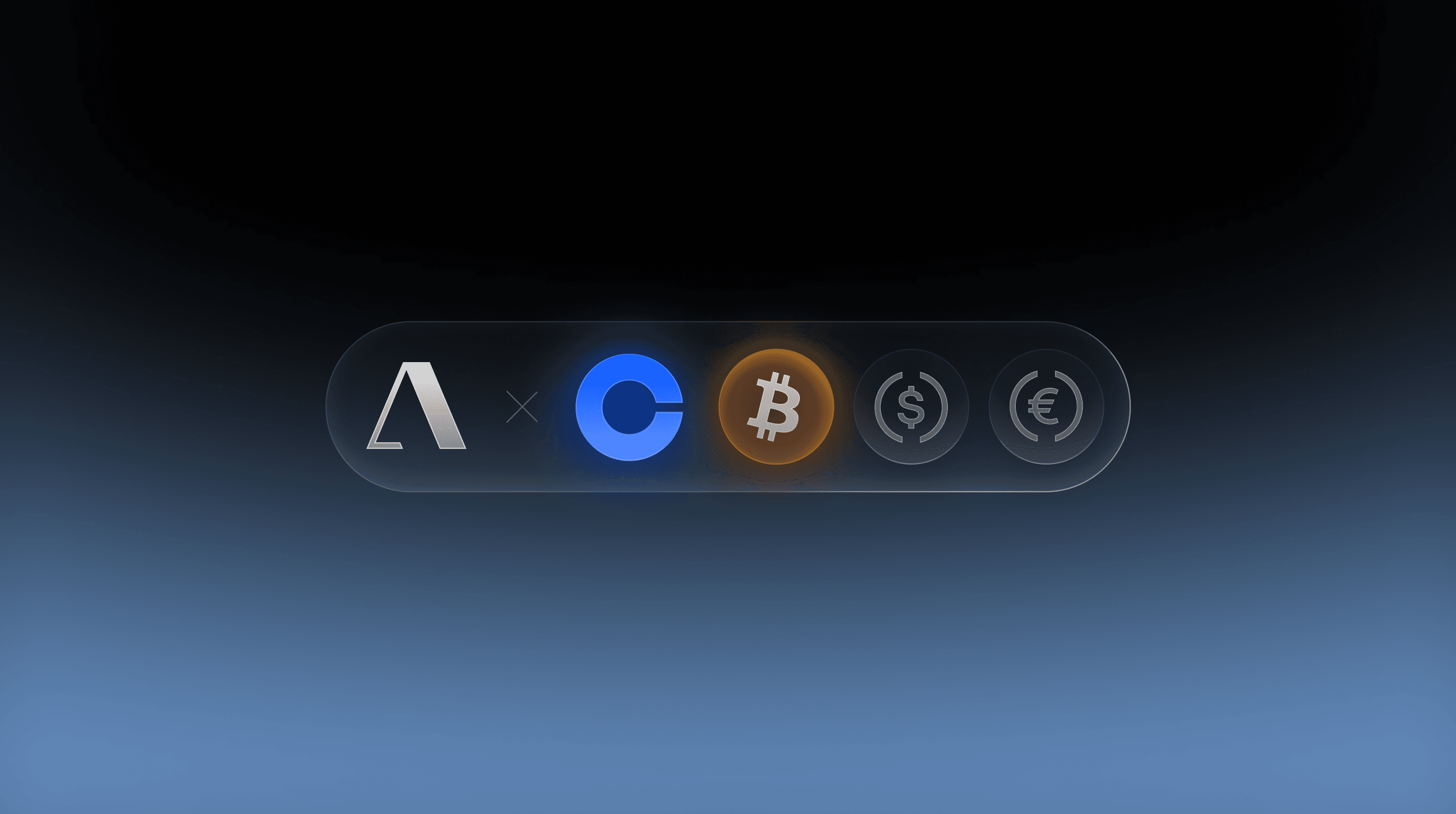Grid
If your users have to hold SOL just to send a payment or move USDC, the experience breaks. Is it a real stablecoin application if your users are forced to deal with gas?
Every major shift in user growth on Solana has come from removing friction, faster transactions, better wallets, simpler onboarding. Gas abstraction is the next and most overlooked step in that evolution. By eliminating the need for users to manage SOL or think about fees, applications can focus on building for adoption.
Why Gas Abstraction is Table Stakes
Gas abstraction (or fee abstraction) is a core component of building consumer-grade financial applications. When users can pay transaction costs in stablecoins or have those costs sponsored entirely, they experience an interface that feels stable, predictable, and intuitive.
Your users don’t care about gas. They care about outcomes. The applications that grow fastest are those that make blockchain invisible, allowing users to focus on what matters.
Prioritizing User Experience Leads to Growth
A number of leading applications are already demonstrating that gasless design directly translates into growth and engagement.
Polymarket is the world’s leading prediction market platform, built to make trading on real-world events seamless for everyday users. Polymarket abstracts away all blockchain complexity, enabling users trade in USDC without worrying about wallets or gas fees. With over 500 million traders and over 100 million in total volume, Polymarket delivers an experience that feels like a Web2 app.
Hyperliquid is a leading derivatives exchange that built an in-house gas abstraction layer. With over 600k active traders on their platform, their users never need to touch gas to manage transaction fees. Every action feels instant and cohesive, which is critical for a platform that has done over $300 billion in trading volume to date.
Kraken is a major crypto exchange with over 13 million registered users. When designing their very first dApp, Inky, Kraken chose a gasless experience, enabling their users to experience a familiar trading experience to their exchange but now with direct access to protocols and blockchain.
Going Gasless With Grid
Grid’s Gas Abstraction API allows any Solana application to deliver a frictionless, stablecoin-native experience. Applications can choose how their users should pay for transaction fees.
Two models supported by Grid:
User Pays USDC: Users pay fees directly in stablecoins. No SOL balances or token conversions required.
Application-Sponsored: Applications can fully cover user transaction costs, offering a completely gasless experience.
Gas Abstraction is Solana’s Next Growth Lever
Despite Solana’s performance advantages, the absence of consistent gasless experiences remains one of the ecosystem’s biggest limitations. Every time a user needs to acquire SOL to complete a transaction, a percentage of potential adoption is lost.
Gas abstraction is not about hiding complexity, it is about aligning Solana applications with user expectations. If the goal is to make stablecoins and financial primitives truly usable at scale, the infrastructure must remove friction at every step.
Grid’s Gas Abstraction API enables developers to build applications where users never have to think about SOL, gas, or tokens.
Fill in this form get onboarded to our Gas Abstraction API → I'm interested in Grid Gas Abstraction.
We recently published a blog on Privy, who leverages Grid to abstract gas on Solana for their users. Learn more about Privy's use case here → Privy Enables Gasless Transactions on Solana Powered by Grid



